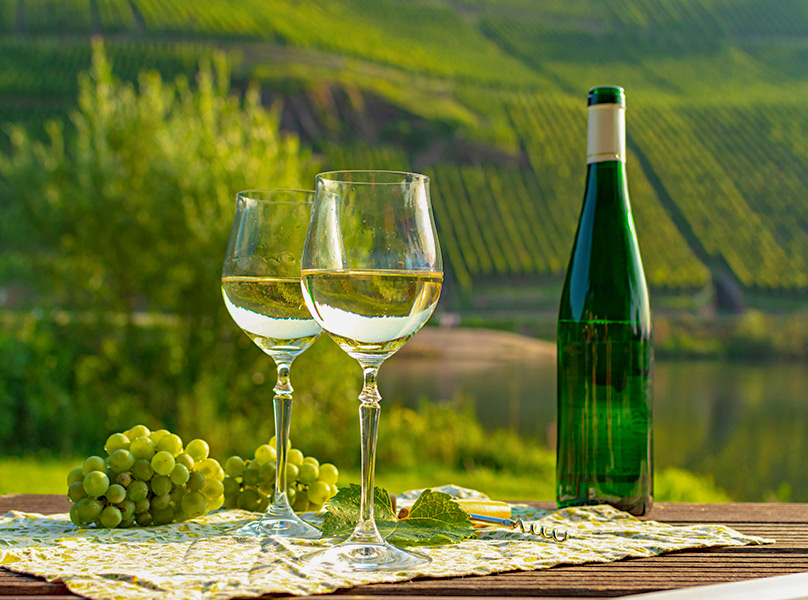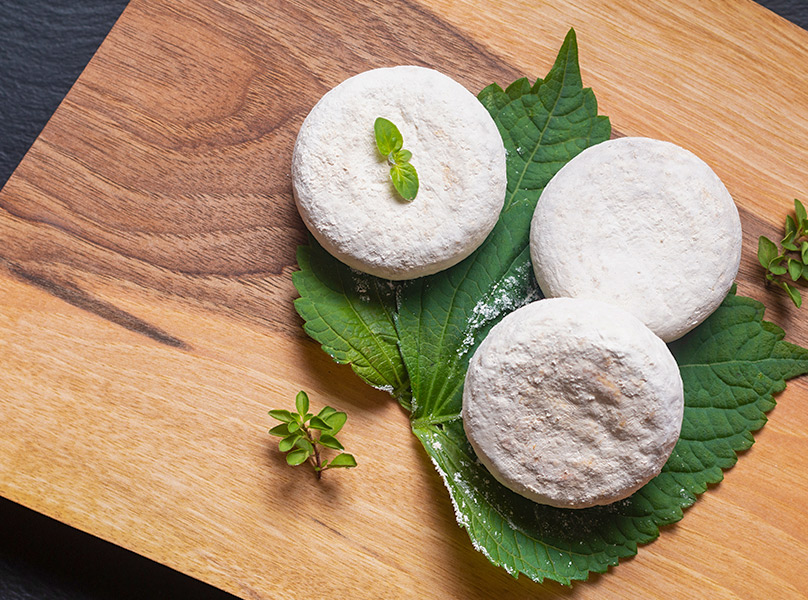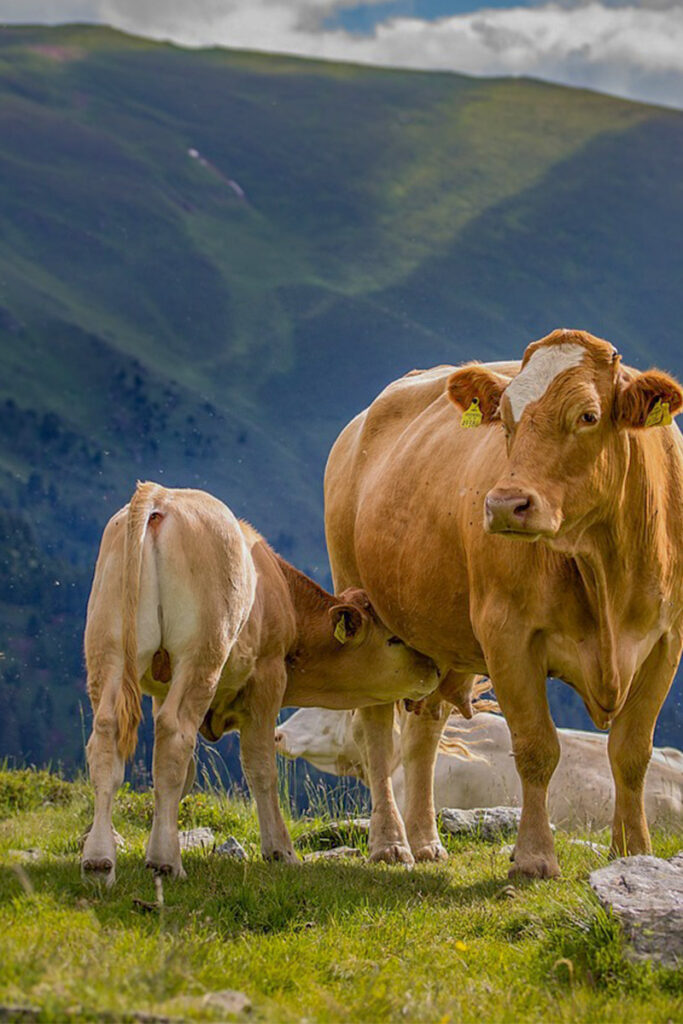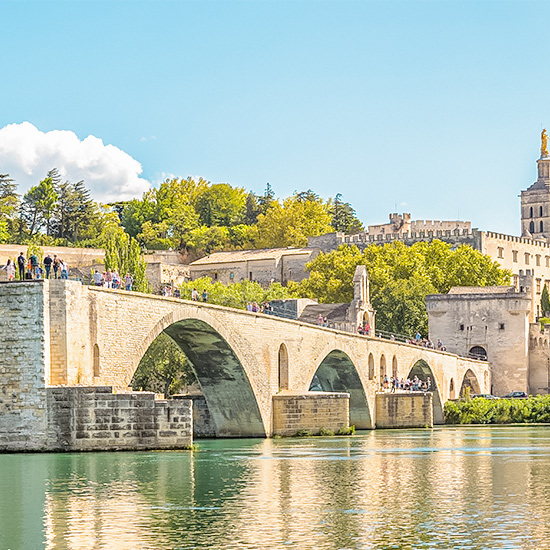The culinary specialities of Anduze
The gastronomy of the Cévenol
The Cévennes is a region abundant in quality farm products. Not so long ago, due to their distance from other dwellings and activities and their lack of resources, the population of the valleys and slopes was pushed to the need for food self-sufficiency. As a result, many local products have retained the know-how and taste of tradition out of need.
Taste the Pélardon d’Anduze
Pélardon is an original brand of a small cheese made from raw goat’s milk. It is produced only in the Cévennes region. It is a small cheese with a diameter of 6 to 7 cm and about 2 cm in height, it contains 45% fat. Made from raw goat’s milk, it weighs an average of 60 grams. Its natural white to ivory paste has a homogeneous texture and a smooth appearance when cut. It becomes brittle when the maturation process is prolonged. So, it can be fresh, creamy or dry and is eaten at room temperature.
The Chestnut
Every year in October, Anduze celebrates the Chestnut Festival, the symbolic tree of the Cévennes. Once upon a time, the famous Jupiter coveted an attractive beauty, called Nea. She chose to die instead of living virtue. To solemnize this sacrifice, a tree was planted on the tomb of the nymph, it was the chestnut tree, the Castanea (chaste Nea). Chestnuts or chestnuts? These two fruits come from the same type of tree, the chestnut tree, which produces many varieties. Only, they are differentiated by its envelope and shape, if it is partitioned, then it is a chestnut, otherwise it is a chestnut. The village is transformed into a gigantic market of flavours with multiple activities around chestnuts. The ceremony takes place in two popular festivals: the chestnut festival and the soup festival. It’s undeniably a popular festival with its accents and traditions of the Cévennes.
Taste the lamb terre d’or du Gard
During the year, the sheep feed on fresh herbs collected on the paths of the arid land or mountains. In autumn, the herbs will be mixed with chestnuts and acorns, in autumn. Accommodating the way the herds are raised, production is irregular and inconsistent throughout the year. There are two cycles of lamb births, at the end of summer, after the return from transhumance and then at the end of winter. The Terres d’Or lamb will be distributed at the market from the end of November to February and for the second period from the end of April to September.
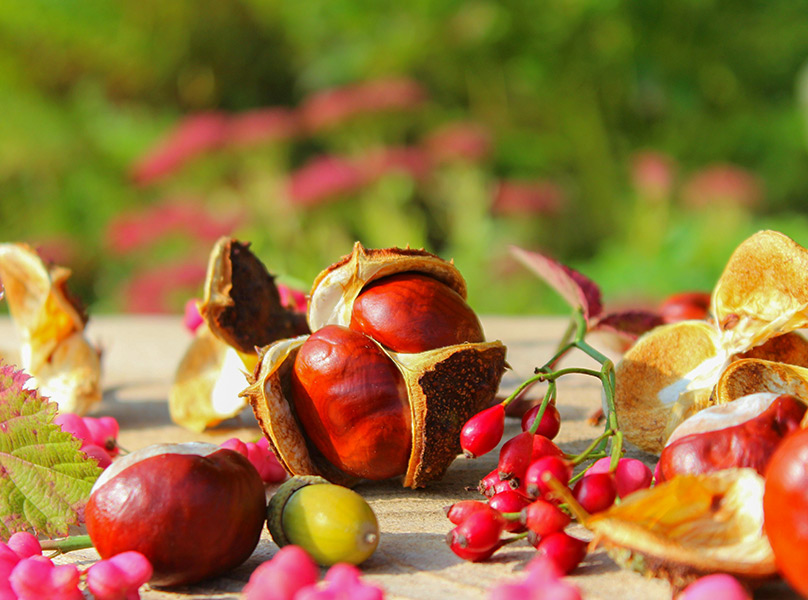
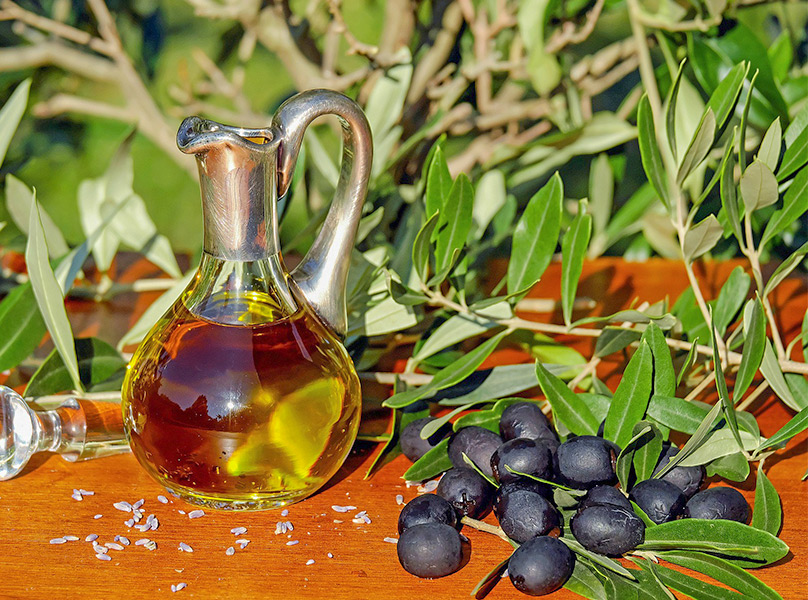
Buy the famous Anduzian olive
The fruit of the olive tree, the olive arrived in Provence and Languedoc in ancient times . The olive was very popular in Roman times. It continued to be consumed during the Middle Ages until the present day. There are different species of olives such as Lucca, or Picholine grown specifically in the Gard. It is no coincidence that the Romans came to settle in Anduze to make it the second city of the Gard after Nimes. Their country sent them to develop the cultivation of vines and olive trees, already known by the Anduzians thanks to the Phocaeans. With a firm flesh, it is characterized by its oblong shape and the fineness of its stone. The most demanding gourmets can enjoy the remarkable flavor of the Anduzian olive from the month of October, the month of the olive harvest in the region.
Savour the Cévenole Tapenade
Tapenade is a traditional recipe emblematic of southern cuisine. Made from black or green olives, it is traditionally pounded in a mortar with olive oil, anchovy fillets, capers, garlic, mustard and herbes de Provence. It is used in tableware and as an accompaniment to aperitifs. It is mainly served on small toasted canapés, rubbed with garlic and warm. A real delight not to be left out.

Enjoy the local wines
The Gard is a wine-growing region where D.O.C wines from the Pays du Gard and Pays d’Oc are produced. Due to the rainy climate and the frequency of spring frosts, winegrowers only plant their vines on the most exposed terraces. As production is not abundant, it will often be reserved for local consumption. However, viticulture remains the centre of agricultural activity in the Cévennes foothills and the Cèze valley. The vines are mainly found on hillside plots, secondary land composed of fertilizers that are interspersed with limestone banks. The vineyard area covers an area of 13,000 ha, representing 20% of that of the Gard department, which is the 4th largest department in France. The southern black grape varieties represent: Syrah, Grenache, Carignan or Cinsault. Over the past twenty years, Merlot and Cabernet Sauvignon have been added. Traditional white grape varieties often combined Grenache and Clairette. Over time, it has been enriched with Sauvignon, Chardonnay and Viognier. The micro-climate of this region, with its particular irrigation regime and its marked heat variations during the ripening period of the grapes, makes it possible to produce wines distinguished by an aromatic intensity, a finesse of tannins and an astonishing freshness.
